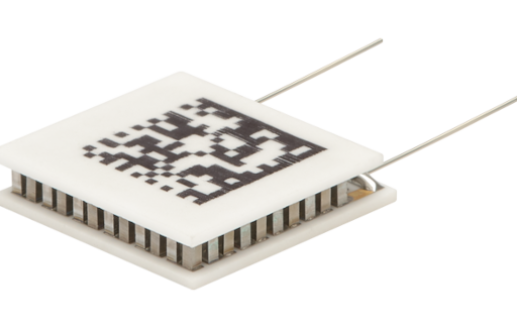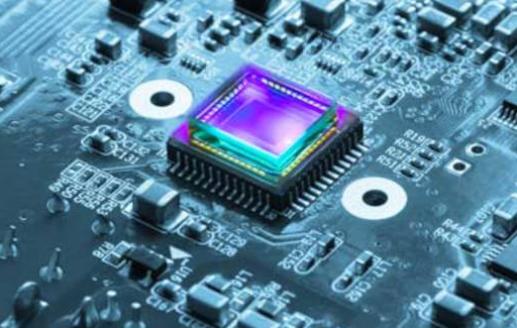Cooling for CMOS Sensors
Improvements in CMOS Sensor technology have resulted in increased readout speed and better image quality.

Quick Links
Breakthrough technology has also increased image contrasts which paves the way for the next generation of digital inspection systems.
The ability to rapidly provide high quality images makes CMOS Sensors useful in machine vision & learning applications as well as object detection & recognition. Examples of these applications are machine vision for robots & drones, optical character recognition, barcode readers, scanners, astronomical and satellite photography and the enhancement of radar images for weather forecasting. CMOS Sensors also enable capturing of high-resolution images in light spectrums that are not visible to the human eye, which is particularly useful in high-end scientific cameras. Nevertheless, CMOS sensor technology can be used for applications other than imaging, such as humidity and temperature sensors, X-ray detectors, micro-hotplates and sensors for fluid flow.
Since higher temperatures affect image resolution, thermal protection is critical for CMOS Sensors. To prevent image quality from deteriorating, high temperature Peltier coolers (thermoelectric coolers) help reduce the sensor’s temperature while maintaining an acceptable noise level. Active cooling systems that feature thermoelectric coolers provide a thermal management solution to operate these critical devices within their ideal temperature range to ensure maximum performance.
Laird Thermal Systems Thermoelectric Coolers
Laird Thermal Systems' HiTemp ETX Series thermoelectric coolers are designed to meet increased thermal demands of CMOS sensor applications.
The OptoTEC™ OTX/HTX Series is a miniature thermoelectric cooler designed for applications with tight geometric space constraints.
Learn more in our application note on Thermoelectric Cooling for CMOS Sensors.
Related Content





